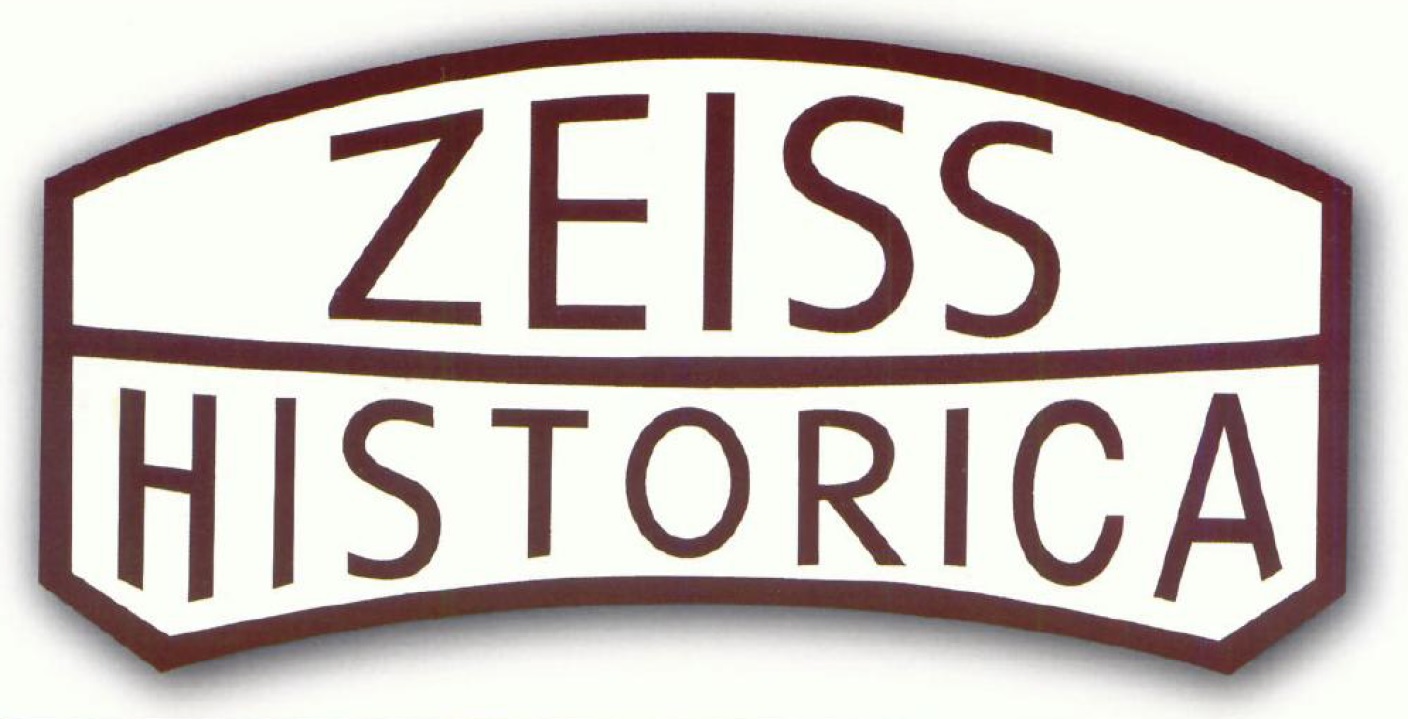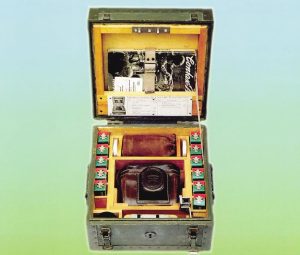I previously wrote an in depth article on the Wehrmacht Leica, with Jim Lager of the Leica Historical Society, but Leitz wasn’t the only supplier of photographic goods to the German Wehrmacht. Zeiss also did it, and in this issue, there is a fascinating look at Zeiss-Ikon and the Third Reich.
And if that’s not enough camera wartime history for you, there’s another great article revealing more about the Contax’s transition into the Soviet made Kiev, after the war.
Pg 2. If you think there’s only one way to make a microscope, you’re wrong. Nicholas Grossman explores the world of Zeiss Stereo Microscopes.
Pg 5. Zeiss-Ikon and the Third Reich. With Tenax II cameras for the Luftwaffe, and Contax IIs and IIIs for the Navy, Zeiss kept the German armed forces well supplied during World War II.
Pg 11. If you thought the transition from Contax to Kiev was a simple one you’re wrong. Larry Gubas has a conversation with a former employee at the Jena words who was later transferred to Kiev, reveals new details of the Jena to Dresden to Kiev connection.
Pg 15. Three examples from the Zeiss Lens Collection.
Pg 17. Other “Contax” shutters.
Pg 19. The change in 35mm cassette design after World War II led to little known problems with film transport in the prewar cameras, specifically with film flatness.
Pg 20. Dual-range exposure meters and the “Hybrid Contax IIIa”.
Pg 23. More on the Super Paxette. Also a book review of Larry Gubas’s book, An Introduction to The Binoculars of Carl Zeiss Jena 1893 – 1945.



